Does Your Laminate Contain Formaldehyde?
When you’re creating a home for your family, you pay attention to the little things that will keep everyone safe. You install smoke detectors. You ensure the blinds are cord-free and don’t pose a safety risk. You select cleaners that don’t use harmful chemicals that can make your family sick.
But what about the laminate you install on your floors? Do a little research and you’ll find laminate contains formaldehyde. Or at least that’s what a quick Google search will have you believe.
Is it true?
Is laminate safe?
Or should you pull laminate out of your home, and never consider it again?
Let’s talk about formaldehyde
If you want to learn more about formaldehyde and its impact on health, it’s best to go to a respected resource such as the Agency for Toxic Substances and Disease Registry, which is a division of the CDC.
 According to the ATSDR:
According to the ATSDR:
- Formaldehyde is a colorless, flammable gas that has a distinct, strong smell
- Formaldehyde can be quickly broken down in the air, usually within hours
- The emissions put out by formaldehyde will decrease as the product ages
- Formaldehyde dissolves easily but dissipates quickly in water
- Formaldehyde will not build up in the human body
- The primary way humans are exposed to formaldehyde is by breathing it in if it’s in the air supply
- Indoor air is more susceptible to carrying formaldehyde than outdoor air
In general, people won’t show reactions from small amounts of formaldehyde entering their systems. Low exposure may irritate eyes, nose, throat, skin, or airways. Of course, it depends on a person’s sensitivity as to how much of a reaction they have. People with asthma or other respiratory conditions, the very young, and the very old may produce more severe reactions.
Prolonged exposure can give rise to sensitivities, and create chronic conditions over time. Formaldehyde is also linked to certain types of cancers, including leukemia.
If you’re attempting to keep your home as free of chemicals as possible, the thought of introducing formaldehyde into your home can be unnerving – why bring something potentially harmful into your house? If laminate contains formaldehyde, wouldn’t you be better off to select something else?
There’s more to the story than that.
Laminate and formaldehyde – what’s the story?
Back in 2015, 60 Minutes ran an expose that revealed through investigative reporting, laminate from Lumber Liquidators’ contained dangerous levels of formaldehyde. They eventually agreed to pay a $33 million penalty for misleading investors about formaldehyde-laced laminate flooring from China.
With this history, it should be easy to find safer laminates. In many cases, it is. But it’s still a marketplace filled with buyer beware. If you buy based on price alone, you may not get the product you think it is. Without a little research first, you could be installing something in your home that puts your health at risk.
Protect yourself when buying laminate – and make sure it’s free of formaldehyde
When you purchase flooring based on price alone, you’re often getting an inferior quality product that was mass produced for selling in large quantities. You’re less likely to know where the material is sourced from, and run a greater chance of having problems with the product at some point in the future.
These mass produced laminates are often for sale at online resources that contain discounted flooring materials. You may also find them at local big box stores that sell one product for an extremely reduced price.
There’s a reason it’s such a good deal. Is that what you want as you’re flooring for the next decade or more?
When buying laminate flooring, the best way to make your final selection is to follow guidelines set up by the EPA. Only buy products that are labeled or stamped with compliance from one of the major organizations that check for safety, including the American National Standards Institute (ANSI) and California Air Resources Board Air Toxics Control Measure (CARB ATCM).
Why laminate?
Laminate is more susceptible to using chemically-laden materials in production because it’s constructed from multiple materials. Laminate flooring is a multilayer product that contains:
- A plywood base layer
- A realistic photo image layer that mimics the look of real wood
- A hard, durable plasticate wear layer
Some laminates have a built-in underlayment attached for easy installation.
People choose laminates over other wood types for a variety of reasons.
Laminate is traditionally more budget-friendly than most other types of hardwood. It also has a durable wear layer that makes it more durable than hardwood, able to resist scratching far more than a softer flooring. It’s also more resistant to moisture, making it an even better choice for the multi-purpose rooms in your home, such as the kitchen, laundry room, and the basement.
Learn to shop for non-toxic products
Laminate is created from multiple resources. That means depending on which laminate you select, there might be more than formaldehyde that lurks inside.
Laminate is made up of multiple layers. It takes adhesive and other products to put them all together. And that’s where other chemicals can creep into the production line and be in the final product you select.
VOC means volatile organic compounds. Have you ever noticed a “new car smell”? That’s VOCs, and you smell it as it goes through a process of off-gassing. This is where it releases chemicals back into the air supply as it settles into place. VOCs can contain a variety of chemicals, including:
- Benzene
- Ethylene glycol
- Tetrachloroethylene
- Toluene
- Xylene
- And yes, formaldehyde
Can you find non-toxic laminate? Yes. Pay attention to the manufacturer, and look at your labels. GreenGuard Certified is just one organization that checks for harmful chemicals, and pays attention to what is released in the off-gassing process.
Also pay attention to the installation process. If an installer uses harmful chemicals to attach the laminate to the floor, you’re defeating the process of trying to reduce exposure. Choose a click-in-place laminate that floats and isn’t directly attached to the floor.
What other questions do you have about laminate flooring? If you’re ready to choose the safest product for your home flooring, we can help you make the best selection for your family’s needs.
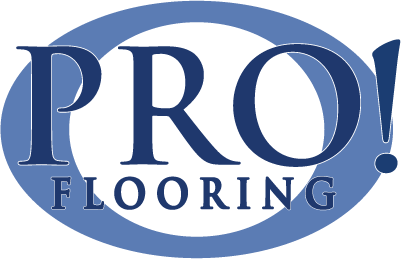
 Still think your flooring doesn’t matter?
Still think your flooring doesn’t matter?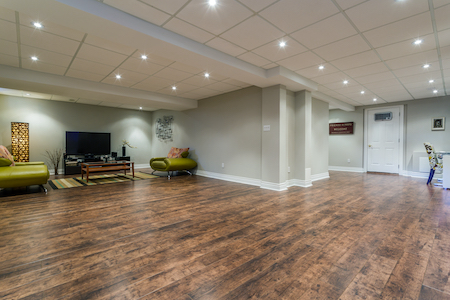 If you start looking around at wood flooring, you’ll see certain types over and over again. Oak, birch, pine, these species of wood are ever-popular because they do well as flooring. They look good, they are easy to maintain, and they are easy to grow and harvest to turn into building materials. That also is what gives them affordability.
If you start looking around at wood flooring, you’ll see certain types over and over again. Oak, birch, pine, these species of wood are ever-popular because they do well as flooring. They look good, they are easy to maintain, and they are easy to grow and harvest to turn into building materials. That also is what gives them affordability.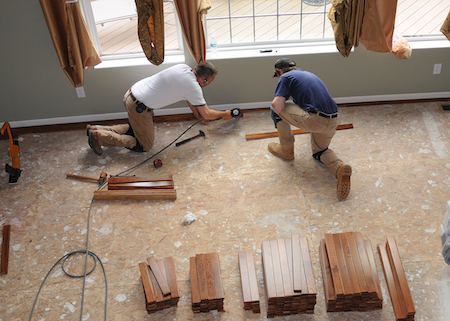 Before you make your final selection, talk with a flooring expert. They can help you understand what flooring material will work best in your unique situation.
Before you make your final selection, talk with a flooring expert. They can help you understand what flooring material will work best in your unique situation. For most of us, we’ve grown up with a variety of different flooring covers installed inside our homes. Vinyl, tile, wood, carpet – these materials are all good inclusions depending on what room they are installed in. Yet carpet brings out a few traits you don’t find as readily as with other flooring materials.
For most of us, we’ve grown up with a variety of different flooring covers installed inside our homes. Vinyl, tile, wood, carpet – these materials are all good inclusions depending on what room they are installed in. Yet carpet brings out a few traits you don’t find as readily as with other flooring materials.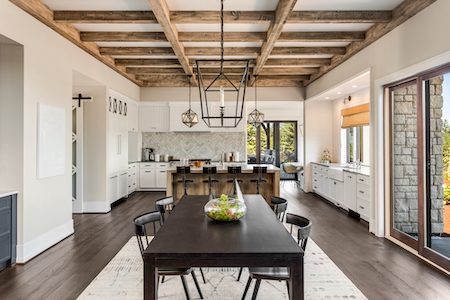 If you shop for hardwood and have your eye on pine, fir, or cedar, all of which are popular throughout North America, you’re looking at a softwood flooring product. These all make excellent flooring products because they tend to grow and mature faster than other species of trees. That makes the wood abundantly available, and easier to farm and harvest than other choices. Because of their abundance, you’ll never have to worry about locating sustainable or eco-friendly products.
If you shop for hardwood and have your eye on pine, fir, or cedar, all of which are popular throughout North America, you’re looking at a softwood flooring product. These all make excellent flooring products because they tend to grow and mature faster than other species of trees. That makes the wood abundantly available, and easier to farm and harvest than other choices. Because of their abundance, you’ll never have to worry about locating sustainable or eco-friendly products.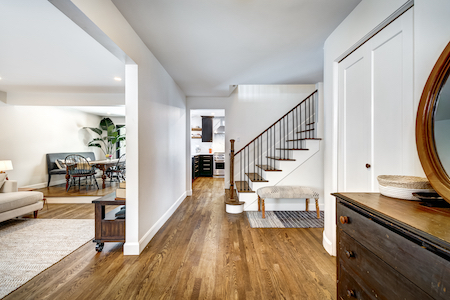 Speaking of asking questions, we can’t recommend this enough. Before you start the process, create a list of questions that apply directly to your project. Keep adding to it. Then bring it with you when you start looking for flooring.
Speaking of asking questions, we can’t recommend this enough. Before you start the process, create a list of questions that apply directly to your project. Keep adding to it. Then bring it with you when you start looking for flooring.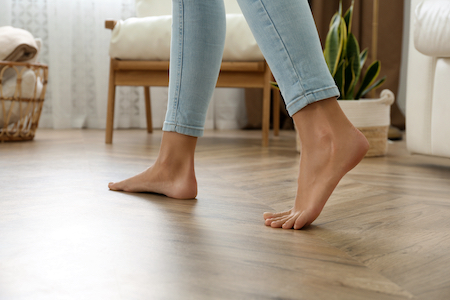 Suddenly, the temperature spikes to well over 100 degrees. Or maybe it plunges to 10 below, with wind chill moving well past that. So you run the air conditioner or furnace more. A lot more. That can change both the temperature and humidity levels inside your home. In the peak of winter, your floor will naturally be drier. More dry air circulating through your home means drying out would, which creates shrinkage and
Suddenly, the temperature spikes to well over 100 degrees. Or maybe it plunges to 10 below, with wind chill moving well past that. So you run the air conditioner or furnace more. A lot more. That can change both the temperature and humidity levels inside your home. In the peak of winter, your floor will naturally be drier. More dry air circulating through your home means drying out would, which creates shrinkage and 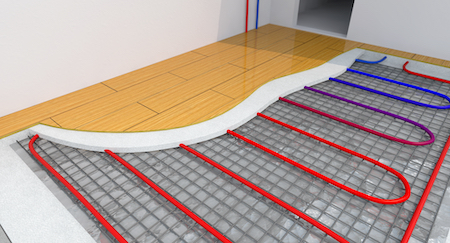 Heat rises. It only makes sense to get your heating source as close to the ground as possible to keep your home warm and comfortable. You can’t get much closer to the ground than with radiant heating. But there’s more to it than that.
Heat rises. It only makes sense to get your heating source as close to the ground as possible to keep your home warm and comfortable. You can’t get much closer to the ground than with radiant heating. But there’s more to it than that.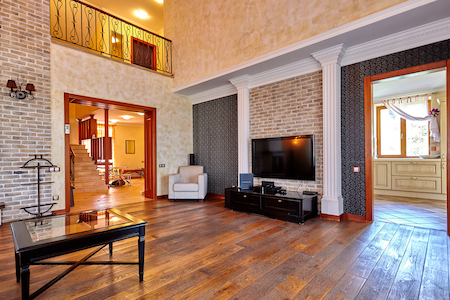 Reclaimed – want one of the most eco-friendly wooden floor options on the market today? You can’t ignore reclaimed wood. Reclaimed wood flooring uses wood from old buildings and structures, repurposing them as material for use in remodels or new homes. It’s a stunning way to get a one-of-a-kind look. What gives this wood a unique look is no two boards are ever the same. They are battered, dented, and worn through years of use. This can be an inviting look in some homes, especially if you’re going for a vintage or historic look.
Reclaimed – want one of the most eco-friendly wooden floor options on the market today? You can’t ignore reclaimed wood. Reclaimed wood flooring uses wood from old buildings and structures, repurposing them as material for use in remodels or new homes. It’s a stunning way to get a one-of-a-kind look. What gives this wood a unique look is no two boards are ever the same. They are battered, dented, and worn through years of use. This can be an inviting look in some homes, especially if you’re going for a vintage or historic look.